Deck & Commander Strategies
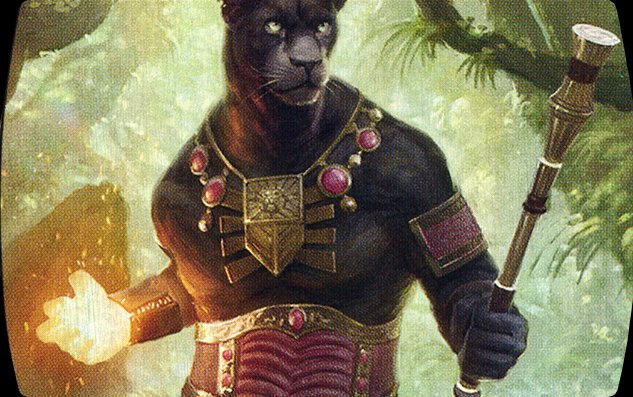
Lord Windgrace
Ramp aggressively through lands and graveyard recursion to generate massive board presence with tokens and powerful creatures, supported by planeswalker synergy and resource denial.

Melek, Izzet Paragon
Leverage instant and sorcery spells with Isocron Scepter to create spell duplication combos, aiming to control the board and deal damage through repeated spellcasting.

Thantis, the Warweaver
Control combat phases by producing flying spirit tokens and using card draw and discard disruption to maintain board control and incremental advantage.
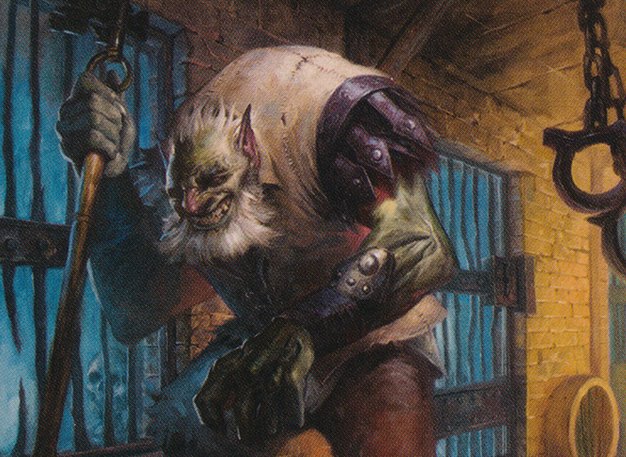
Grenzo, Dungeon Warden
Cheat creatures into play from the bottom of the library using dungeon mechanics and steal counters from opponents' creatures to grow Grenzo and dominate combat.
Gameplay Insights
- 1
Doubling Season significantly shifted the power balance, prompting early removal attempts and reprioritization of threats.
- 2
Grenzo's repeated activations to cheat creatures into play and steal counters caused considerable board swings, forcing opponents to respond.
- 3
Lord Windgrace’s use of graveyard recursion and land-based ramp kept him resilient and capable of explosive plays even after board wipes.
- 4
Thantis’s deployment of Crawlspace and flying spirit tokens effectively slowed aggressive combat strategies and maintained board presence.
- 5
Melek’s reliance on spell combos was hampered by early targeted aggression and disruption, limiting his ability to establish dominance.
- 6
Players made tactical decisions to destroy high-impact permanents like Doubling Season and Gaea’s Cradle to curb exponential growth potential.
- 7
Strategic use of discard and card draw spells like Siphon Mind influenced hand sizes and resource availability across the table.
- 8
Combat damage was carefully negotiated with deals to avoid unnecessary aggression, illustrating political dynamics often seen in multiplayer EDH.
Notable Cards
-
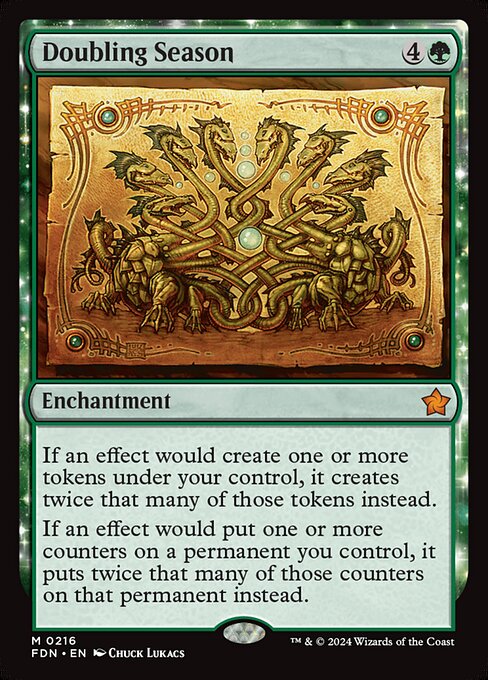
Doubling Season
-
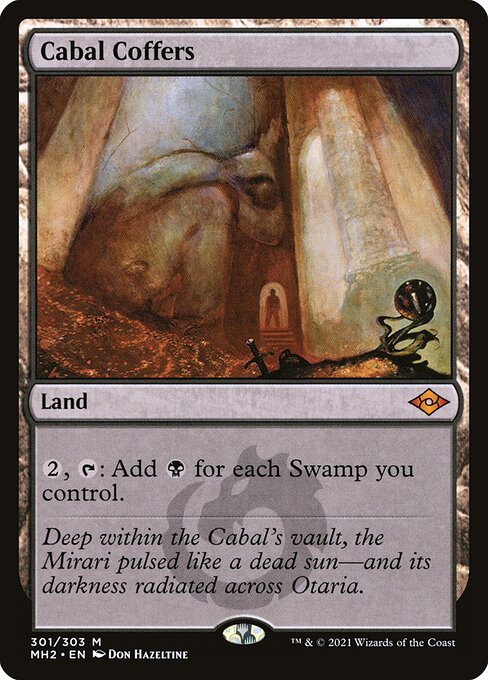
Cabal Coffers
-
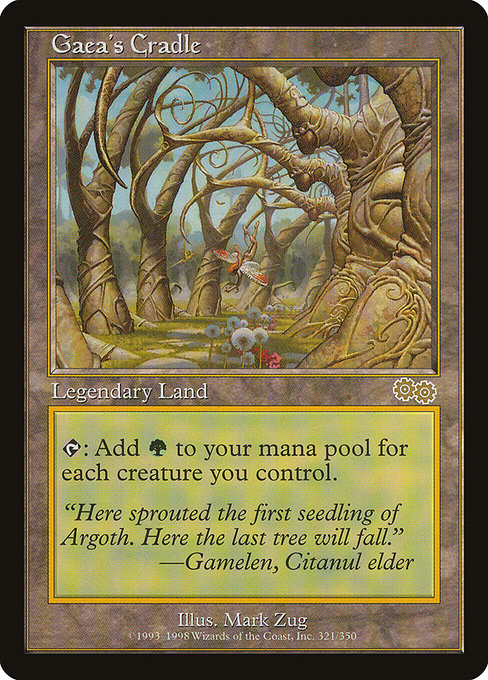
Gaea's Cradle
-

Life from the Loam
-
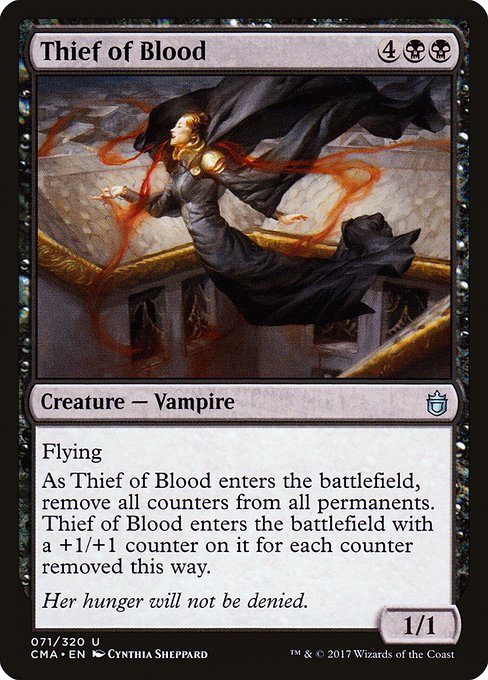
Thief of Blood
-
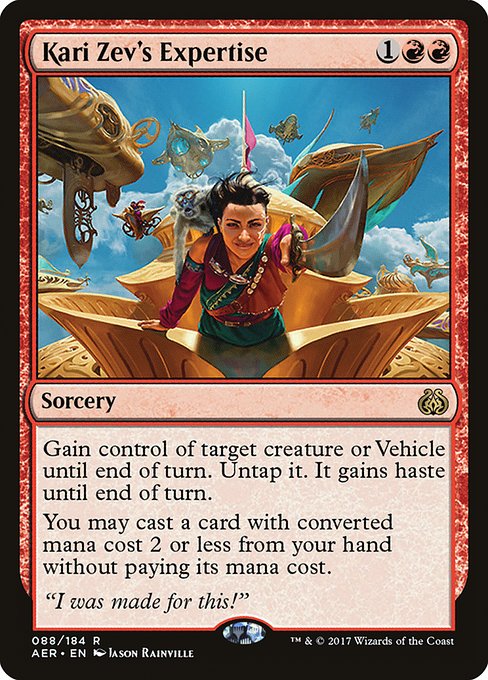
Kari Zev's Expertise
-
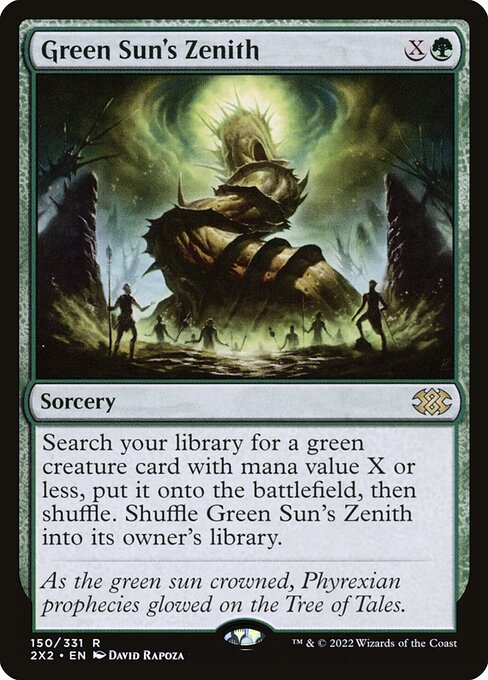
Green Sun's Zenith
-
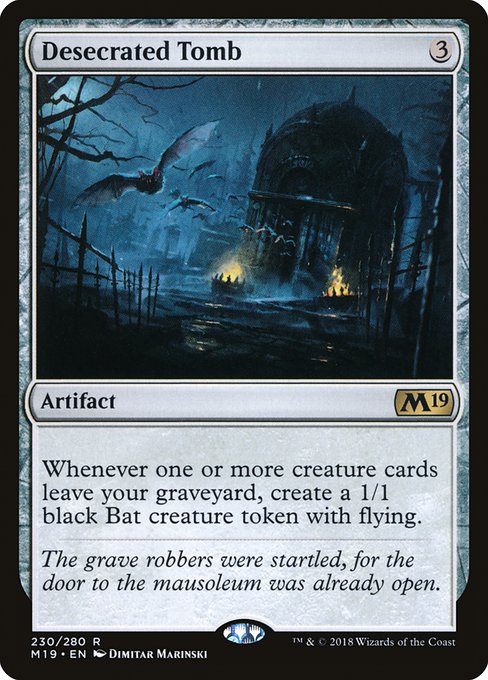
Desecrated Tomb
-
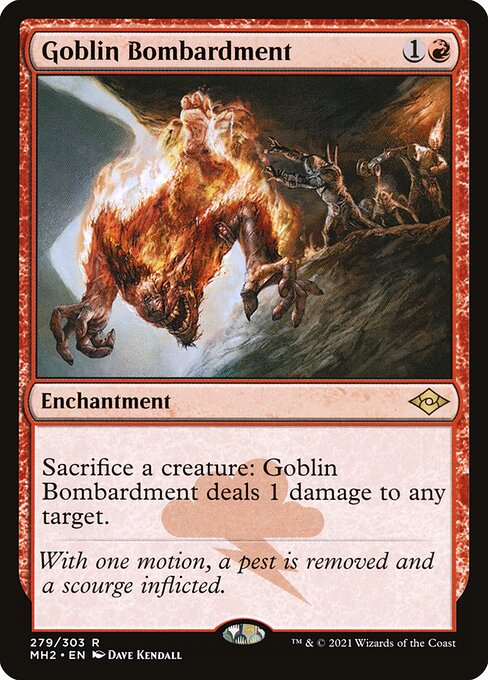
Goblin Bombardment
-
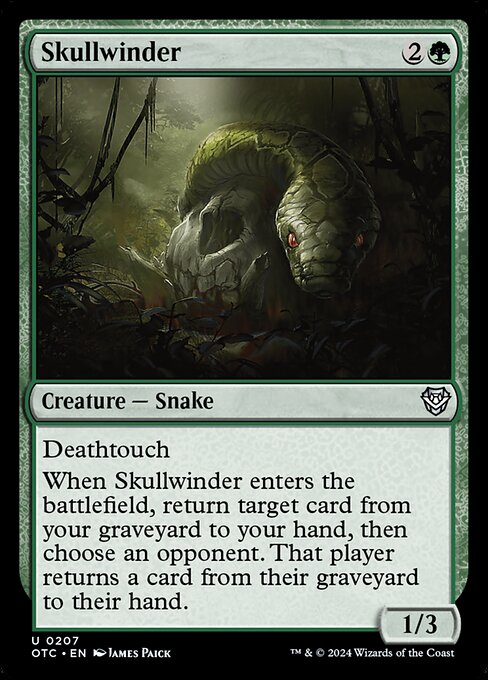
Skullwinder
-
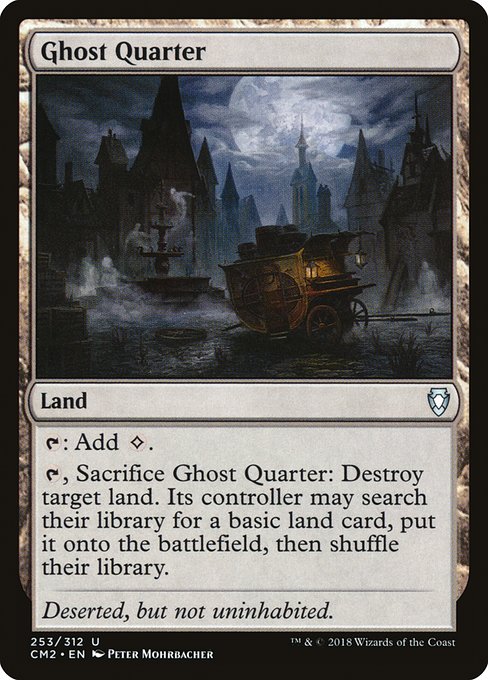
Ghost Quarter
-
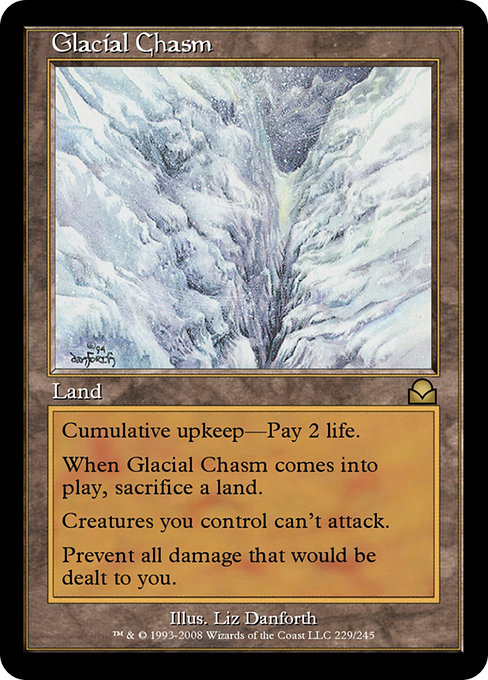
Glacial Chasm
-

Oracle of Mul Daya
-
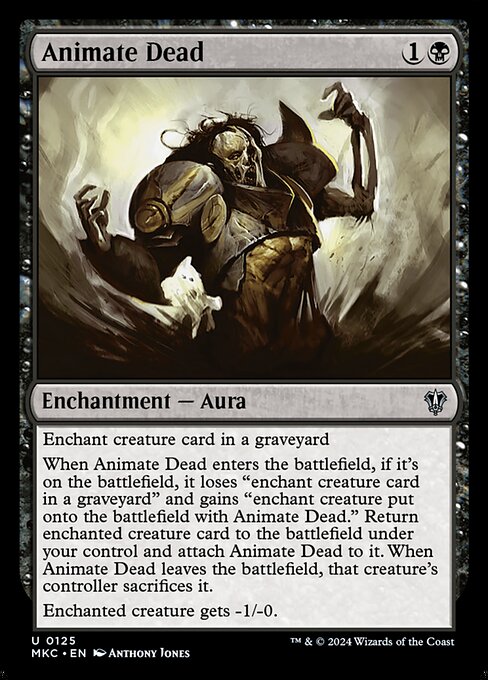
Animate Dead
Gameplay Summary
The game began with players setting up their mana bases and early board presence, with Lord Windgrace establishing ramp and utility lands while Grenzo quickly developed his board with creatures and value from his dungeon interactions.
Melek focused on setting up his spells and Isocron Scepter combo pieces, while Thantis aimed to deploy control elements and create flying spirit tokens.
Early skirmishes included Grenzo dealing commander damage and recurring threats from Lord Windgrace's graveyard interactions. A key turning point occurred when Lord Windgrace cast Doubling Season, significantly amplifying token production and planeswalker counters, shifting the table's focus onto him as the primary threat.
This led to a series of strategic plays including the destruction of Doubling Season to prevent explosive growth.
Grenzo continued leveraging his ability to cheat creatures into play, while Thantis used crawl space and spirit tokens to control combat.
Melek worked to set up spell-based combos but was pressured by consistent aggression. Late game, Lord Windgrace utilized his graveyard recursion and land synergies to maintain board presence, deploying threats like Rampaging Baloth and developing a strong mana base with Cabal Coffers and Gaea's Cradle.
Grenzo capitalized on stealing counters and creatures, while Thantis maintained a defensive posture with tokens and disruption.
The game featured multiple combat exchanges, resource denial via land destruction, and tactical decisions around graveyard recursion and card draw, culminating in a tense board state with all players vying for control and incremental advantage.




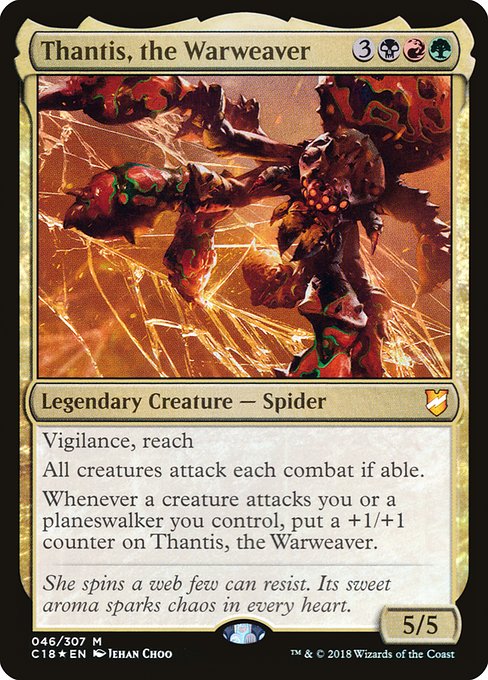











![Commander VS S14E7: Sharuum vs Jhoira vs Melek vs Kynaios and Tiro [EDH] thumbnail](https://i.ytimg.com/vi/1vD3yLJEw7E/sddefault.jpg)
![Commander Vs S2E2: Tibor and Lumia vs Kurkesh vs Melek vs Kruphix [MtG: Multiplayer] thumbnail](https://i.ytimg.com/vi/HARU08PGxYI/sddefault.jpg)
![Commander Versus Series: Mimeoplasm v. Melek v. Maelstrom Wanderer v. Prossh [MTG Multiplayer] thumbnail](https://i.ytimg.com/vi/H3JROxdcaPo/sddefault.jpg)























